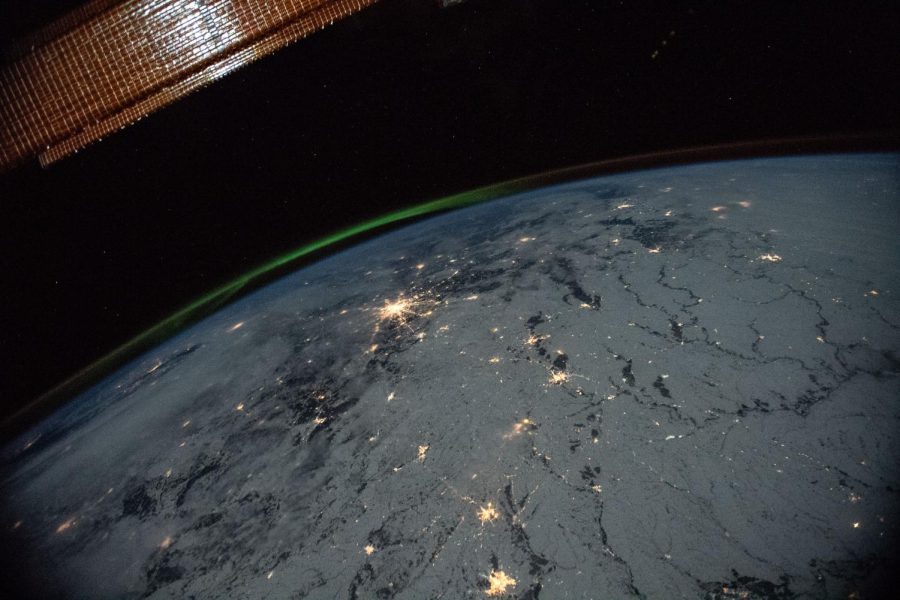Ukraine crisis reaches the International Space Station
April 1, 2022
On Feb. 24, the Russian invasion of Ukraine had been announced by Russian President Vladimir Putin on state television under the guise of “special operations” which as of March has displaced roughly 10 million people and led to nearly twenty-three thousand deaths. The United States and European sanctions have crippled the Russian economy forcing them to rely on a wary China, whose stance is unclear, and in its own best interest, is attempting not to be on the wrong side of the sanctions being imposed. U.S. President Joe Biden said in a statement, “It’ll degrade their aerospace industry, including their space program.”
Why did he specifically mention their space program? In 2014, Russia had used the International Space Station as a bargaining chip to get the United States to legitimize its claim of Crimea by threatening to move astronaut training there. Later, Dmitry Rogozin, the head of Roscosmos, tweeted NASA “bring their astronauts to the International Space Station using a trampoline.” At the time Soyuz Rockets was the only transport capable of carrying astronauts to the ISS.
Now in 2022, Russia, in a similar fashion, may try to repeat history with a suspiciously similar statement in March: “In a situation like this, we can’t supply the United States with our world’s best rocket engines,” Rogozin said on state television. “Let them fly on something else, their broomsticks. I don’t know what.” Dmitry Rogozin also threatened to detach the Russian segment of the space station to let the ISS fall out of orbit without the help of Russian-controlled propulsion systems including abandoning U.S. astronaut Vande Hei behind.
Unfortunately for Roscosmos, NASA, and any United States agency or businesses, are no longer dependent on Russian Soyuz rockets. For example, SpaceX is a prominent player in the Space Industry based in the United States. They could easily take the place of Russian transport to the ISS, especially with their ambitious Starship rocket set to launch into orbit as soon as FAA approval is given. A quick replacement for the Russian propulsion system for the ISS could be supplied by Northrop Gruman with their Cygnus cargo ship. SpaceX pitched their Dragon Capsule to serve as a temporary solution. The same capsule could be used to safely return astronauts back home once the ISS is decommissioned roughly in the 2030s, opening up space for commercial space stations which NASA themselves will be a customer of, contracting the private sector to help or entirely build a new space station or lease services.

